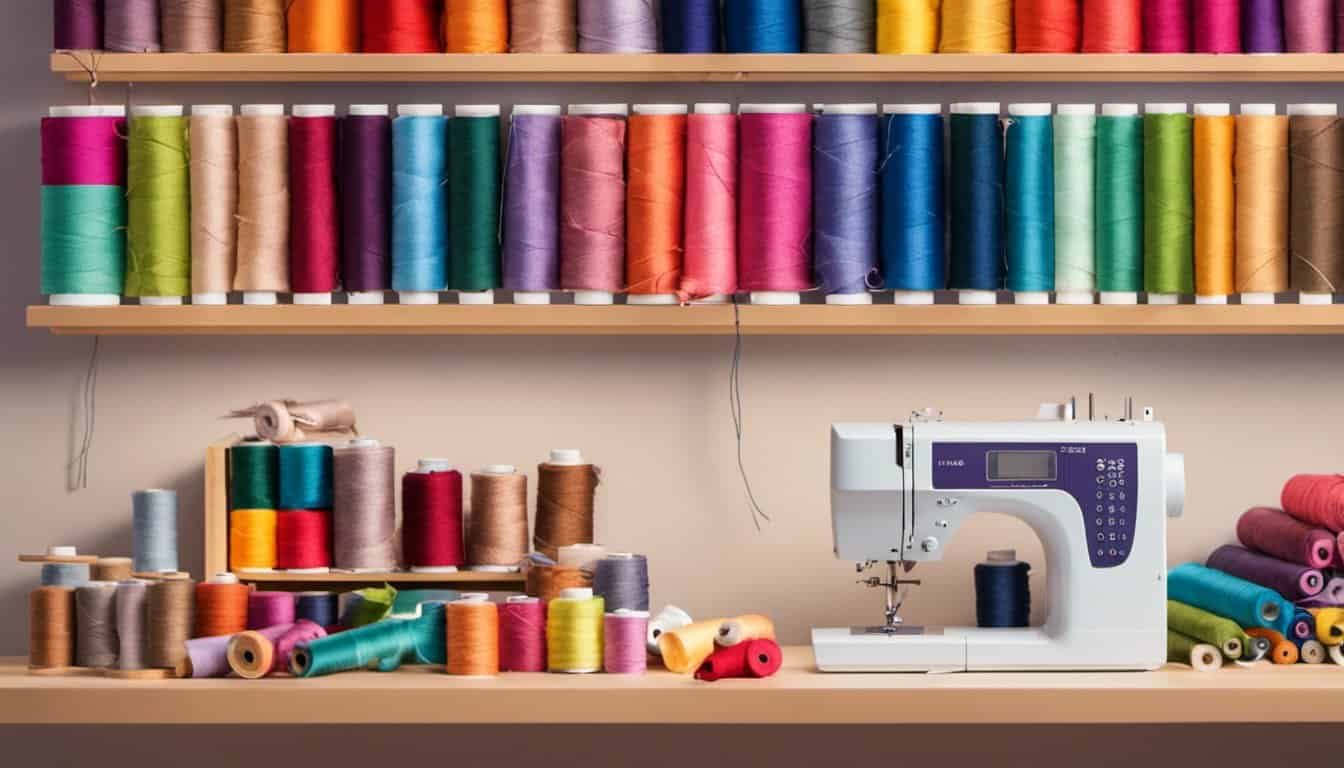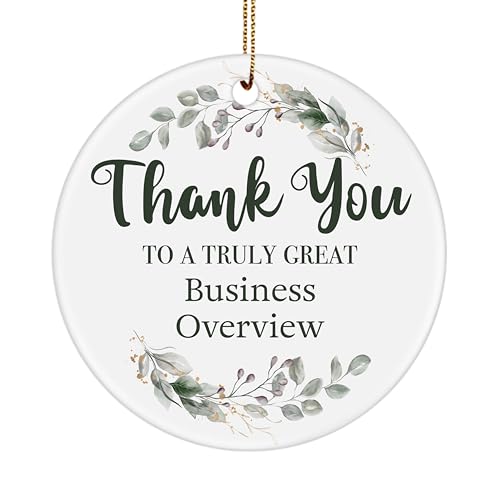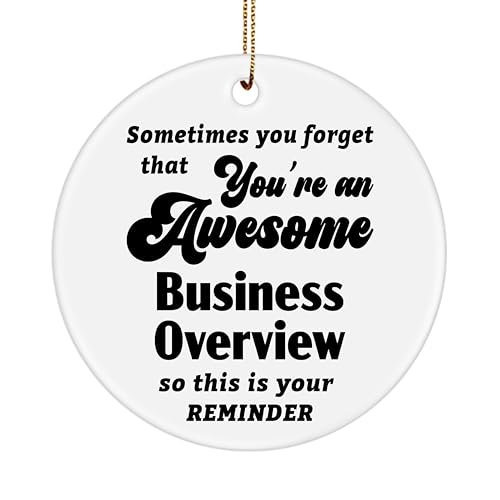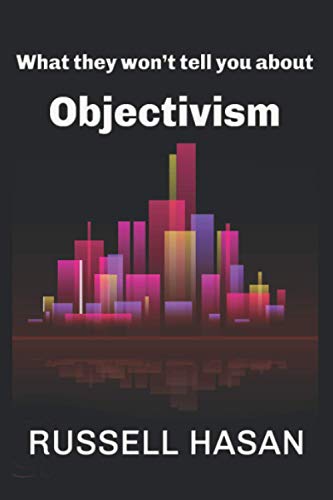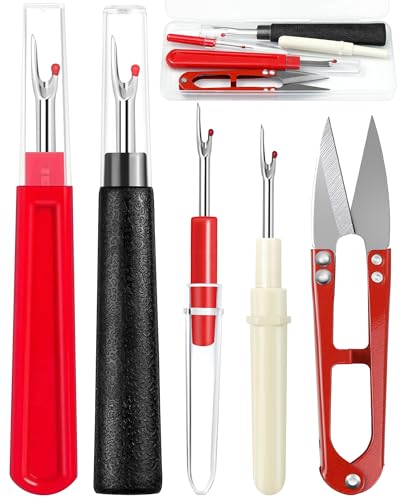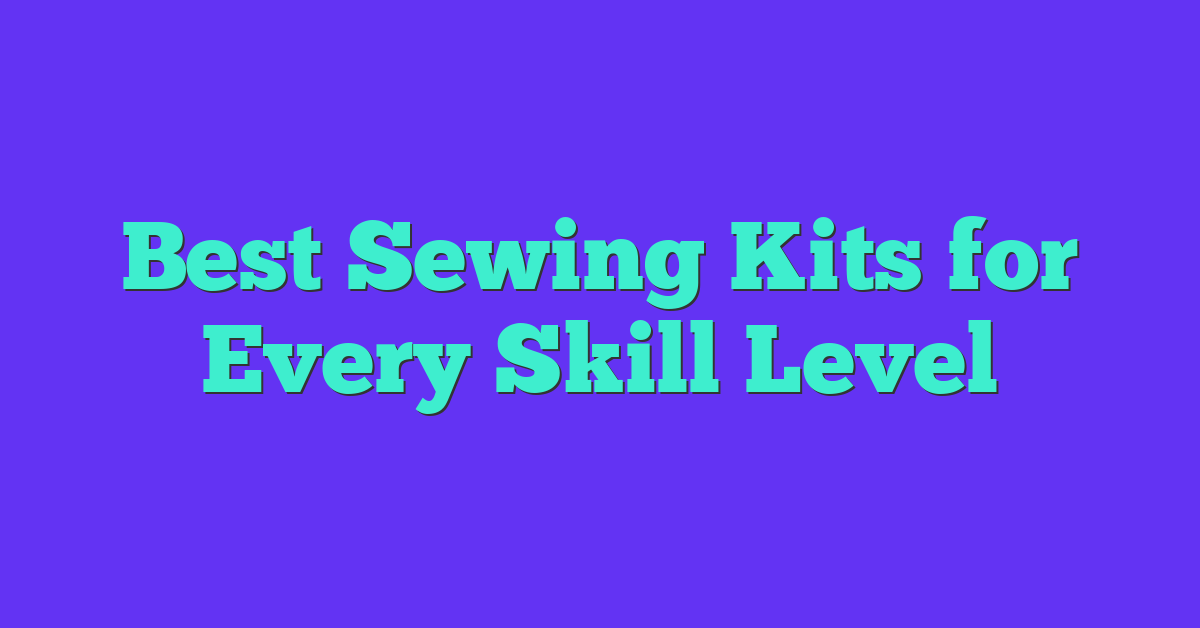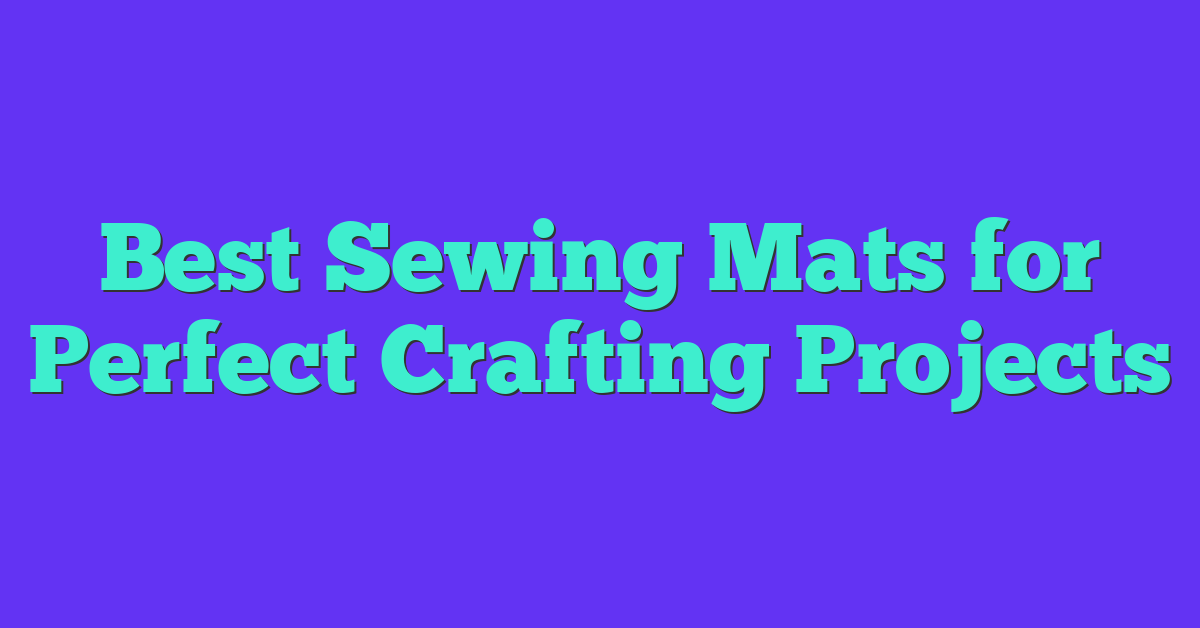Quilting has always been a cherished craft of mine, a perfect blend of creativity and tradition. There’s something magical about transforming simple fabrics into stunning designs that tell a story. Whether you’re a seasoned quilter or just starting out, finding the right pattern can make all the difference.
Overview of Quilting Patterns
Quilting patterns vary in complexity, style, and technique, offering endless possibilities for customization. I categorize them into several types to help you choose the best fit for your project:
- Log Cabin Patterns: Feature strips of fabric arranged around a central square, creating a balanced design.
- Patchwork Patterns: Combine different fabric shapes, such as squares, rectangles, and triangles, to form intricate layouts.
- Floating Pieced Patterns: Include shapes that appear to float within the quilt, adding depth and dimension.
- Appliqué Patterns: Incorporate fabric shapes sewn onto a background, allowing for detailed and colorful designs.
- Modern Geometric Patterns: Utilize clean lines and bold shapes for a contemporary look.
- Crazy Quilt Patterns: Embrace irregular shapes and embellishments for a whimsical and eclectic style.
Each pattern type serves a unique aesthetic and functional purpose, enabling quilters to create stunning and personalized designs.
Top 10 Quilting Patterns for Stunning Designs
Exploring different quilting patterns unlocks endless design possibilities. Each pattern brings unique textures and aesthetics to your quilt projects.
1. Log Cabin
Log Cabin combines strips called “logs” around a central square. This pattern offers versatility in color and layout, perfect for both traditional and modern quilts.
2. Nine Patch
Nine Patch arranges blocks into a 3×3 grid. It’s ideal for beginners, providing a balanced and symmetrical look with minimal cutting.
3. Flying Geese
Flying Geese features triangles pointing in the same direction. This dynamic pattern creates a sense of movement and works well in multiple sizes.
4. Dresden Plate
Dresden Plate uses quarter-circle shapes centered around a pinwheel. It adds a delicate and intricate appearance to any quilt design.
5. Ohio Star
Ohio Star consists of diamond shapes filled with smaller patterns. This bold design stands out with its geometric precision and vibrant colors.
6. Rail Fence
Rail Fence arranges stripes into rows with varying widths. It’s a straightforward pattern that emphasizes linearity and can adapt to different fabric selections.
7. Bear Paw
Bear Paw combines rectangles and triangles to form a paw-shaped motif. This pattern brings a playful and whimsical touch to quilts, suitable for various themes.
8. Chain Stitch
Chain Stitch mimics the look of sewn chains within quilt blocks. It adds texture and visual interest, enhancing both traditional and contemporary quilts.
9. Feathered Star
Feathered Star features radiating triangles and star shapes. This intricate pattern creates a stunning focal point, ideal for showcasing bold fabrics.
10. Double Wedding Ring
Double Wedding Ring interlocks rings in a continuous loop. This elegant design symbolizes unity and is popular for commemorative quilts and heirlooms.

How to Choose the Right Pattern
Selecting the right quilting pattern enhances your project’s success and enjoyment. Start by assessing your skill level. For beginners, choose simple patterns like Nine Patch or Flying Geese. Intermediate quilters might explore Dresden Plate or Rail Fence. Advanced sewers can tackle complex designs like Crazy Quilt or Appliqué patterns.
Next, consider the project’s purpose. If creating a bedspread, opt for larger patterns like Ohio Star or Log Cabin. For smaller items, Feathered Star or Bear Paw works well. Evaluate fabric availability too. Patterns requiring multiple fabric pieces, such as Patchwork, need a diverse fabric collection. Ensure you have enough materials to complete the design without interruptions.
Aesthetic preference plays a crucial role. Modern Geometric patterns offer a sleek look, while Traditional patterns like Double Wedding Ring provide classic charm. Visualize how the pattern fits your style and the intended space. Additionally, factor in time and effort. Intricate patterns demand more time, so align your choice with your schedule.
Lastly, research pattern variations. Many designs have multiple interpretations, allowing personalization. Explore tutorials and examples to understand pattern flexibility. By considering skill level, project purpose, fabric availability, aesthetic preference, and time commitment, you can select a quilting pattern that perfectly matches your needs and vision.
Essential Tools and Materials
To create stunning quilting designs, I rely on a set of essential tools and materials that ensure precision and quality in every project.
- Rotary Cutter: I use a rotary cutter for clean, straight cuts on fabric layers. It’s crucial for accuracy, especially when working with multiple fabric pieces.
- Cutting Mat: A self-healing cutting mat protects surfaces and maintains the sharpness of my rotary cutter. I rotate the mat frequently to prevent wear in specific areas.
- Quilting Ruler: I measure and mark fabric with a quilting ruler, ensuring consistent sizing for pattern pieces. It’s indispensable for achieving uniformity in quilt blocks.
- Sewing Machine: My sewing machine handles various stitching tasks, from piecing fabrics to quilting layers together. I maintain it regularly for optimal performance.
- Pins and Needles: I secure fabric pieces with pins and use high-quality needles to prevent snags and breaks during sewing. Different needle types suit specific fabrics and tasks.
- Fabric Scissors: Sharp fabric scissors allow me to cut intricate shapes and trim edges with precision. I reserve specific scissors exclusively for fabric to maintain their sharpness.
- Thread: I select durable, colorfast thread that complements my fabric choices. High-quality thread ensures strong seams and vibrant quilt designs.
- Iron and Ironing Board: Pressing fabric and seams is essential for a professional finish. I use an iron to remove wrinkles and set seams during the quilting process.
- Quilting Templates: Templates guide me in creating accurate pattern shapes and motifs. I trace these templates onto fabric to maintain consistency across quilt blocks.
- Fabric Storage: Organized fabric storage keeps my materials accessible and in good condition. I sort fabrics by color and pattern, which streamlines the quilting process.
| Tool | Purpose |
|---|---|
| Rotary Cutter | Cutting fabric layers with precision |
| Cutting Mat | Protecting surfaces and preserving cutter sharpness |
| Quilting Ruler | Measuring and marking fabric accurately |
| Sewing Machine | Stitching fabrics and quilt layers together |
| Pins and Needles | Securing fabrics and facilitating sewing |
| Fabric Scissors | Cutting intricate shapes and trimming edges |
| Thread | Sewing strong, colorfast seams |
| Iron and Ironing Board | Pressing fabric and setting seams |
| Quilting Templates | Guiding pattern shapes and motifs |
| Fabric Storage | Organizing materials for easy access |
« 10 Best Free Sewing Patterns for Beginners Online You Can’t Miss
How to Start Sewing Clothes: A Beginner’s Roadmap to Master Your First Projects »
Having these tools and materials on hand allows me to tackle various quilting patterns efficiently, ensuring each design achieves its full potential.
Conclusion
Quilting has always been my way to express creativity and preserve tradition. Exploring these patterns has been a delightful journey that continues to inspire me.
I hope these designs spark your imagination and encourage you to try something new. There’s so much joy in turning simple fabrics into beautiful personalized quilts.
Happy quilting!
